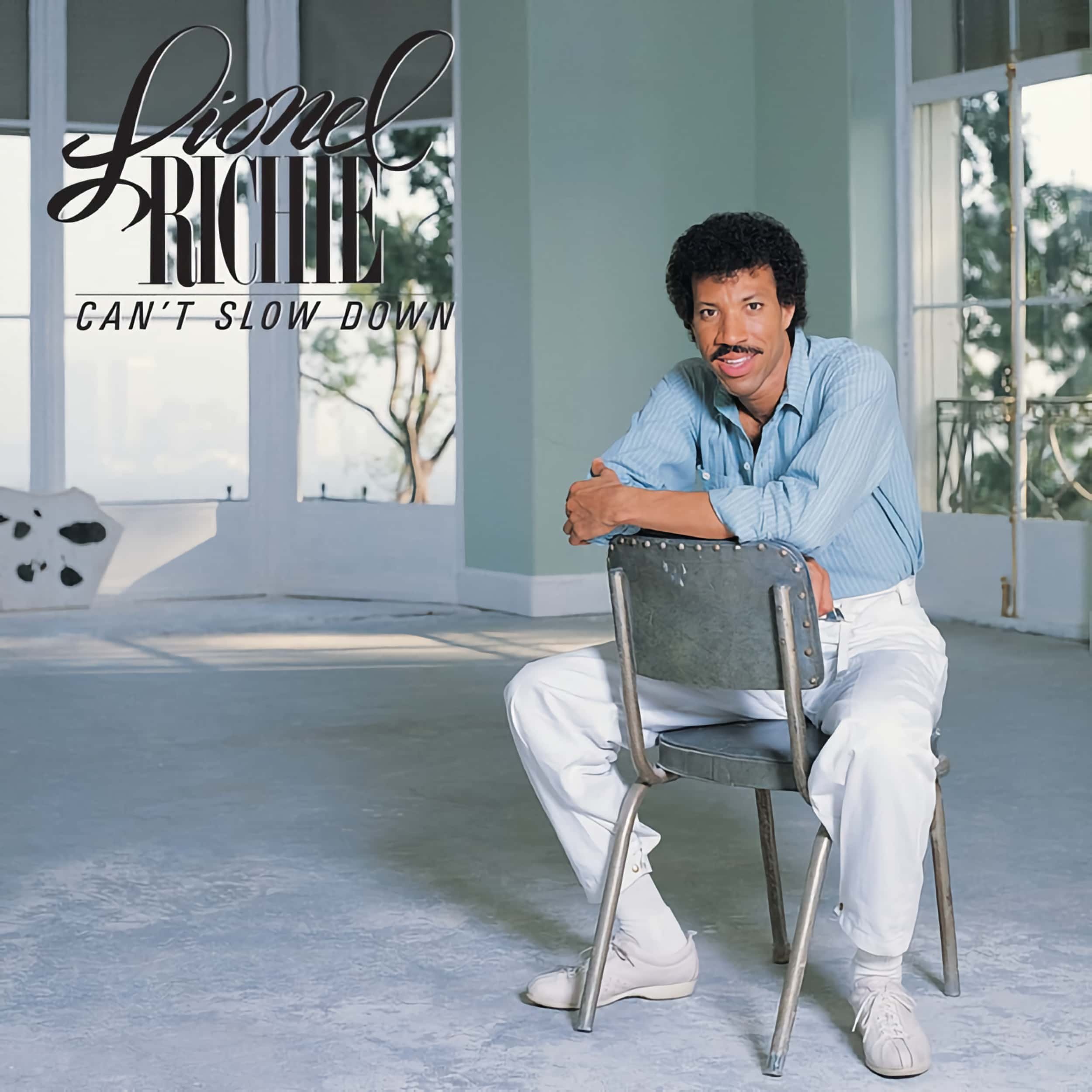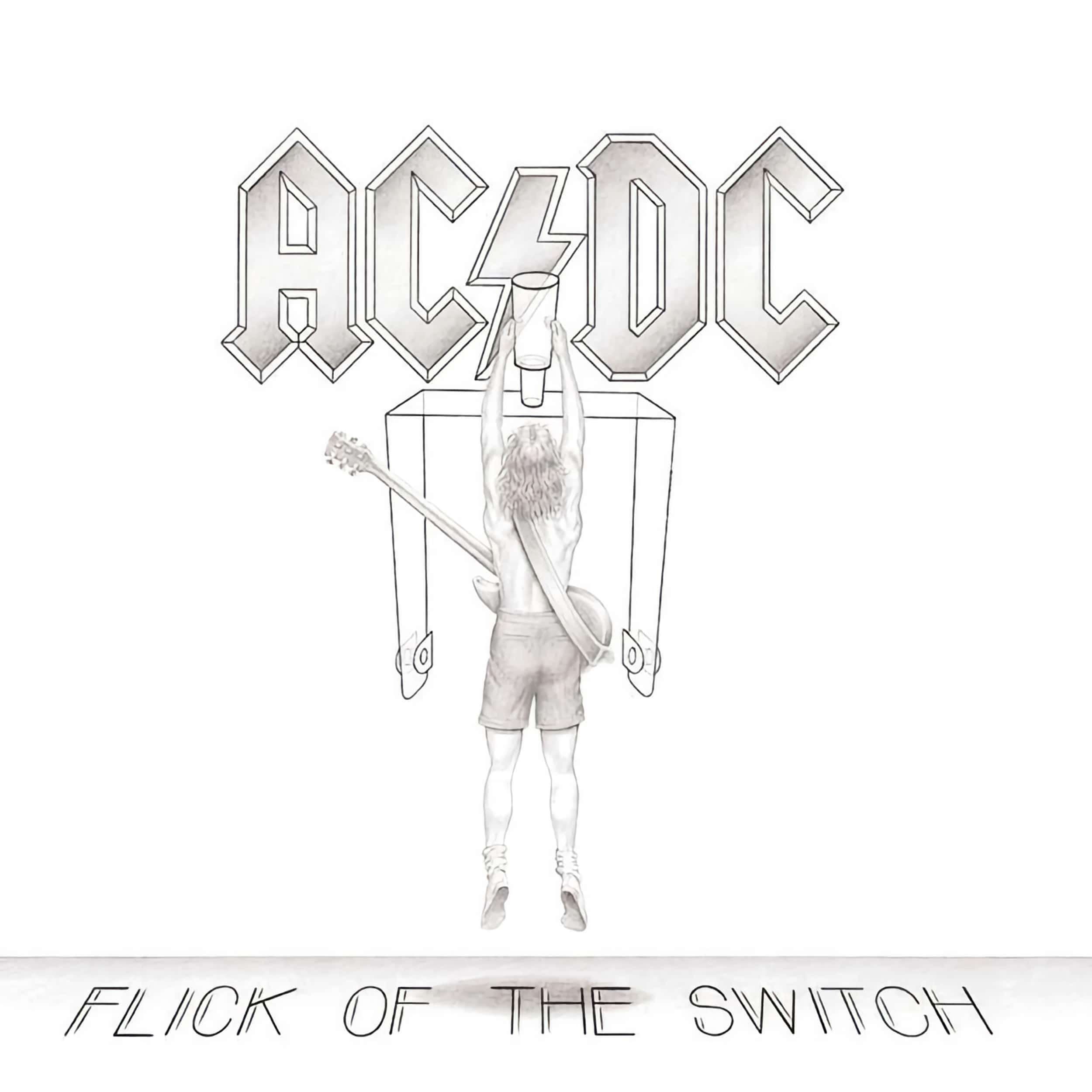Released in 1983, Night Ranger's Midnight Madness stands as the quintessential rock album that captures the essence of the era with its dynamic sound, memorable melodies, and impressive musicianship. Add to that a remarkable selection of songs, with a polished production that allows the band’s collective talent to shine through, and you’ve got one of the very best hard rock albums of the 80s.
While most people would know Night Ranger from their highly successful song Sister Christian, it’s fair to say that this accompanying album has flown under the radar, thereby making it a hidden gem within the annals of hard rock music history. If, however, you give Midnight Madness a chance, you’ll find a perfectly sequenced record without a hint of a B-side to be found.
As strong as the album is, and while I applaud the production, there is one aspect that I find to be a little lacklustre. The mastering of Midnight Madness has clarity, and enough detail, but it borderlines on being a little lifeless. Granted, the current streaming editions are the CD-counterpart releases, but if you’re looking for a bombastic rock and roll concert, in your home, you’ll likely be a little disappointed as the lossless Apple Music stream is lovely, especially when pumping the volume, but it simply doesn’t have the mid to low-end oomph that I believe this album deserves.
It isn’t only the stream that sounds a little too clinical and cold for my tastes as the MCA Records CD (MCAD-31160) release, that I was fortunate to have owned, also suffered from the same mastering technique. While there is a new 2023 remaster, from Rock Candy Records (on CD only), I’ve yet to hear that edition so I can’t comment on how it may compare. Nevertheless, it’s great to see that this classic album is getting reissued and if only we could have a mainstream vinyl reissue, I’d be thoroughly pleased because I feel the warmth (distortion) that is inherent in the vinyl format would help to smooth out some of the focus on the treble range that exists within the current streaming edition. Yes, I’m aware of the 2021 French vinyl reissue (limited to 1,000 copies) and despite having not heard it, I haven’t heard any reports, good or bad, regarding the sonic quality of that release either.
No doubt there are those of you who are thinking why not just adjust the tone controls or EQ settings and that most certainly can, and has, been done. The bigger concern is that more and more modern setups are lacking in this basic ability for the music lover to easily tweak the sonic signature to their subjective tastes. Hence, a flat transfer from an original master isn’t always the best approach as first impressions last and if an album isn’t presented in a manner that a modern music listener would be expecting, they may very well decide to skip what is otherwise an exceptional album. For us old timers, the currently available stream is reminiscent of early CD mastering efforts, in the 80s, and if you weren’t a fan of that sound then, you’re likely not going to be pleased with this particular version. However, as I mentioned earlier, if you pump the volume you’ll be met with pleasant results, that aren’t fatiguing, but still need work nonetheless. That all said, Midnight Madness really is all about the music, so let’s take a look at the songs that make up this classic release.
(You Can Still) Rock In America is a classic 80s anthemic powerhouse that kicks off the album with a bang. With its energetic riffs (including a killer guitar solo), infectious chorus, and driving rhythm section, (You Can Still) Rock in America is one of the many hidden gems from Night Ranger.
Rumours In The Air takes us sonically on a slight detour and that atmospheric opening would have been perfect had Rumours In The Air been chosen as the opening track. Nevertheless, as I mentioned earlier, I thoroughly appreciate the chosen sequencing and Rumours In The Air keeps the energy flowing with a fantastically addictive chorus and masterful bridge between chorus and verse. And, yes, there’s another soaring guitar solo to thoroughly enjoy.
Why Does Love Have To Change further demonstrates Night Ranger’s versatility for it may be rock and roll but it’s the variances within the genre that showcase just how exceptional these San Francisco rockers are. You’ll immediately connect with the driving rhythm and will be emotionally moved if not through the music, then via the lyrical depth. Plus, there’s even a little Brian May (of Queen) influence to be heard throughout, particularly in the solo, thereby making this tune nothing short of sensational.
Sister Christian needs no introduction. It is a masterpiece, in every sense of the word, and is one song that should be on every 80s playlist; I could, and have been known to, listen to it on repeat for hours at a time. Yes, it’s a ballad and I know some of you detest them, I just don’t share that viewpoint as I love them and Sister Christian is subsequently one of the greatest ever recorded. The gradual build-up, combined with a memorable keyboard melody, culminates in a timeless power ballad that is a true testament to Kelly Keagy’s musical prowess as he not only played the drums magnificently but wrote the song and took on lead vocal duties.
Touch Of Madness has a quirky introduction that works, yet I believe the song would have been just as impressive without it. Despite that, Touch Of Madness, with its upbeat tempo, catchy hooks, and core rock energy is an incredible album-only tune that’s easy to rock out to.
Passion Play takes a more subdued approach, particularly with regard to the introduction, with a mid-tempo groove that results in another exceptional album-only tune. Add to that the carefully crafted arrangements, with a meticulously textured sound, and you’ve got a song that aligns perfectly with the flow of the record.
When You Close Your Eyes is radio-friendly melodic rock at its very best. Yes, it’s a little campy, particularly in the chorus, but it’s such a good song that I look past that aspect and enjoy it for what it is.
Chippin’ Away returns the album to a more rocking vibe that features dynamic guitar work and a driving rhythm section. Yes, it’s 80s-driven rock, but it’s some of the very best ever recorded so don’t let these album-only tunes elude you, for they’re something special and in many cases match, or exceed, the singles that were released. Songs such as Chippin’ Away are what make the album experience so enjoyable for the hits are great, but it’s the quality of the album-only songs that make or break an album experience.
Let Him Run is a semi-acoustic marvel. As a closing track Let Him Run really shouldn’t work, but it does. I say it shouldn’t work because throughout the entire song you’re waiting for the non-acoustic element to kick in, a big rock opera if you will, yet it never does. It subsequently makes you feel as though something is missing and therefore permits reflective contemplation whilst also encouraging you to spin the record again.
Midnight Madness is a seminal work in the realm of 80s rock, delivering a balanced blend of anthemic rockers and heartfelt ballads. Its timeless appeal makes it a must-listen for fans of classic rock and whether you're a seasoned rock enthusiast or a newcomer to the genre, Midnight Madness remains a captivating journey that will have you hooked from the very first note to the last.






